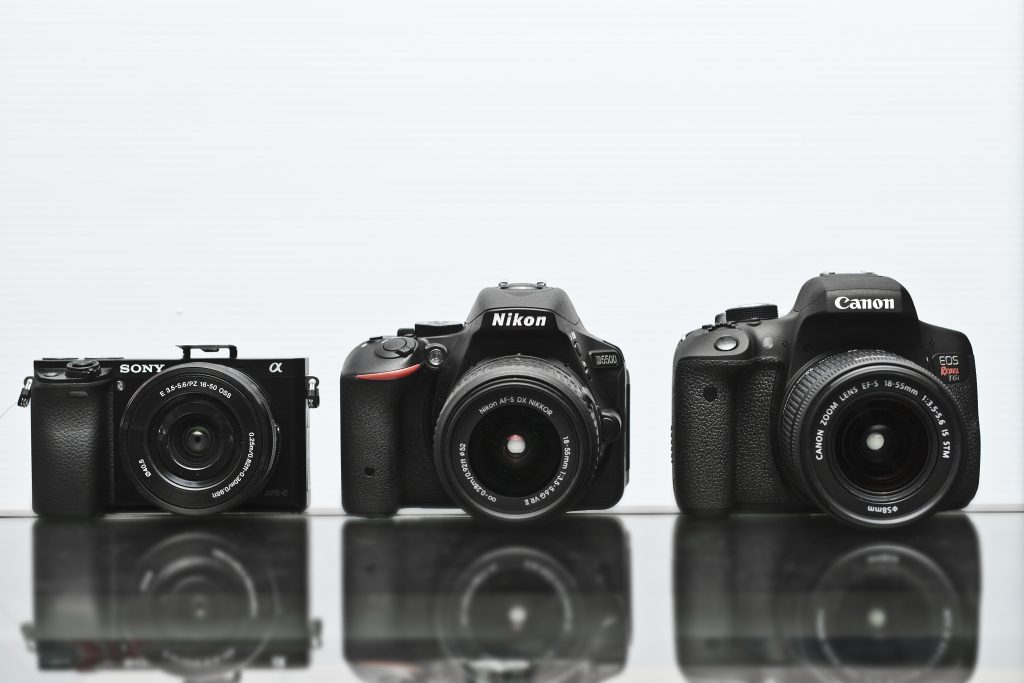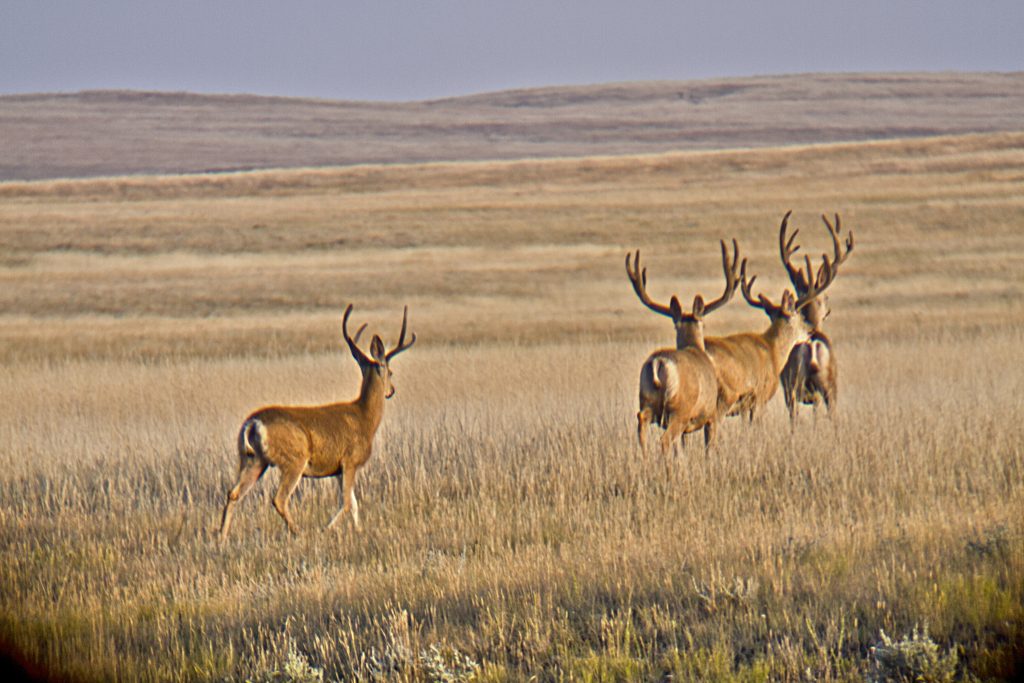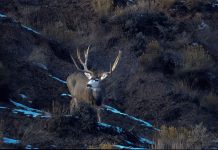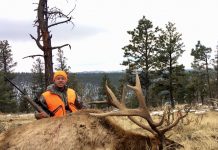A successful hunter possesses many different characteristics; patience, wit, perseverance, and skill to name a few. These attributes are as relevant today as they were thousands of years ago. Many things have changed about how man harvests an animal, but there are also many things that remain timeless. One that has remained timeless for millennia is a hunter’s tendency to share.
From sharing a cut of backstrap around the table to sharing time-honored traditions and woodcraft around a campfire, hunters have always been apt to give to others. Perhaps nothing is more shared than the stories that accompany past hunts. These stories unite people in ways that few other things can. Whether memories of “the one that got away,” accounts of a first deer or hilarious antics of fellow outdoorsmen, stories draw us in and help preserve sanity while waiting for our next chance to experience a new story. Bucks get bigger, shots get further, hills get steeper, and snow gets deeper as the stories ripen with age.
While no story can ever replace the glory of a hunt told in the glow of campfire flames, hunters are now finding new ways to share their stories. We are experiencing the birth of a new breed of hunter: a hunter who shares stories through photos, videos, and posts. It’s not enough to just tell others how big the buck was; you can show them. There is something satisfying about capturing a moment in the woods and being able to show the folks back home who otherwise would never have the chance to experience it. There are many benefits to photographing and videoing our hunting experiences; consequently, a good camera is quickly becoming a “must pack” item on the modern hunter’s checklist.
With that in mind, let’s take a little closer look at 3 consumer level cameras that just might work perfectly for your next DIY adventure.

The Canon T6i, Nikon D5500, and Sony a6000 are all very similar cameras. They all feature 24 Mega-pixel APS-C CMOS sensors and represent a great option for weight conscious hunters. Also all come bundled with a kit lens for $1000 or less. They all produce high quality still images and beautiful full HD video. Camera technology has advanced so rapidly in the past several years that these small, budget-friendly cameras are capable of things that even pro level gear could not do only a short time ago. They all feature articulating displays, interchangeable lenses, impressive low light performance, and helpful user modes. While each camera has its strengths and weaknesses, they all present a solid choice for someone looking to take the next step beyond point and shoot. Below is a review of each model.
Canon T6i: $750 body only
This is the largest of the three cameras I tested, weighing in at just over one pound and taking up a lot of room in my bag. It features a super easy user interface, so a new photographer can capture high-quality photos and videos in no time at all. Canon has been in the game of high-end media for a long time and is the choice of many professionals around the world This equates to a huge selection of lenses and accessories, including the very impressive lineup of video-geared STM lenses. Certainly, the HD video that this camera produces is also a testament to Canon’s experience.
Pros:
Biggest selection of lenses and accessories
Easy user interface
Excellent autofocus
High-quality stills and video
Long lasting batteries
Cons:
Bulky
Low-speed photo frame rate
Nikon D5500: $900 body only
This is the most expensive camera in the group, however, the Nikon D5500 offers amazing dynamic range for a camera at this price point, and it also comes with an impressive 2-year body and 5-year lens warranty. The autofocus is quick and accurate and the image quality is what you’d expect to see out of a high-end DSLR camera. Above all the build quality did feel slightly underwhelming, and the video technology was a bit behind Canon and Sony. Overall, I found fantastic still-photo quality and impressive performance throughout my tests.
Pros:
Best Dynamic range
Best high-quality stills
Long lasting batteries
Best warranty
Cons:
Video technology not as advanced
Lighter build quality
Sony a6000: $650 body only
Technically not a DSLR, this camera is actually categorized as a “mirrorless” with the viewfinder simply a small digital screen. However, the a6000 makes this list because of its impressive performance. Its ability to handle low light and the high-quality HD video it produces are shockingly impressive. It is smaller and lighter than either of the DSLRs, and the a6000 boasts 11 frames per second still-photo bursts with a sturdy build. The autofocus is not as accurate, and the batteries weren’t nearly as robust as the other two. However, for video function and overall value, this little workhorse cannot be overlooked. As a result, the biggest drawback to purchasing this camera is likely the limited selection of lenses and accessories available.
Pros:
Best low light performance
Small and lightweight
Best video performance
Best value
Cons:
Weaker batteries
Not much lens selection
Less accurate autofocus


















